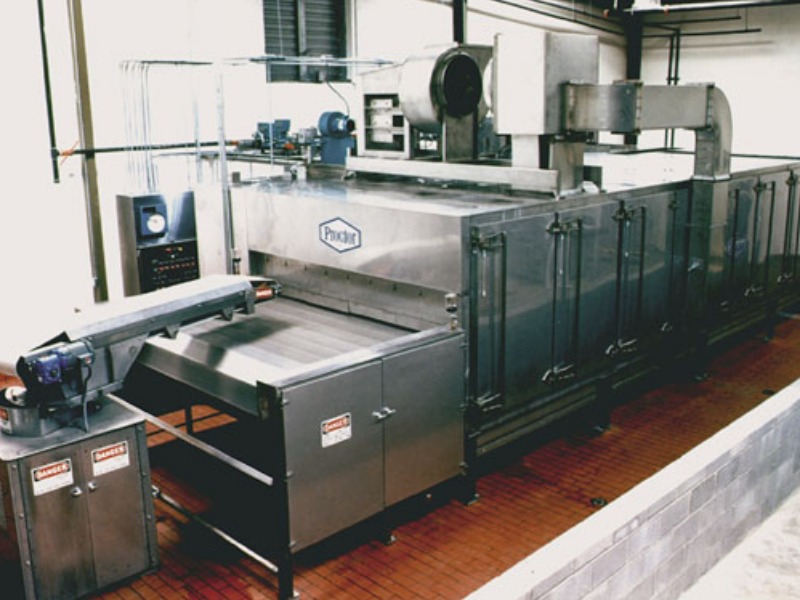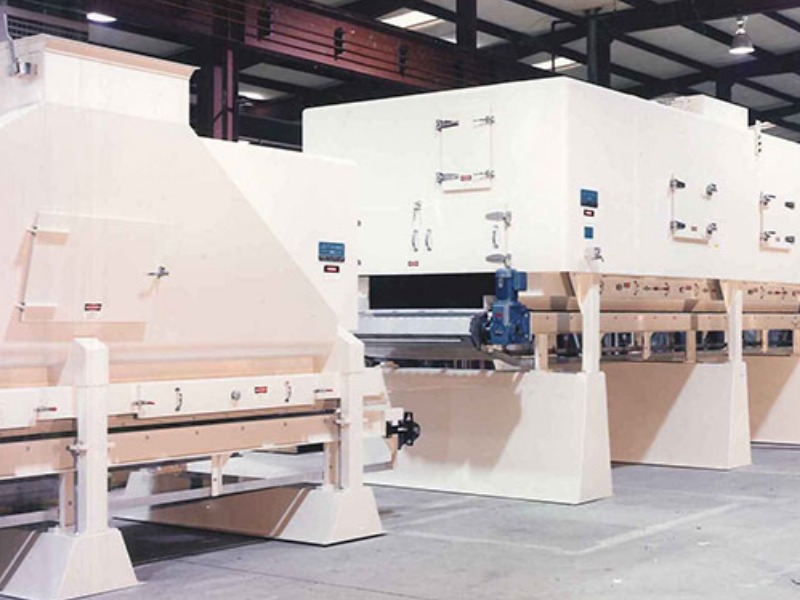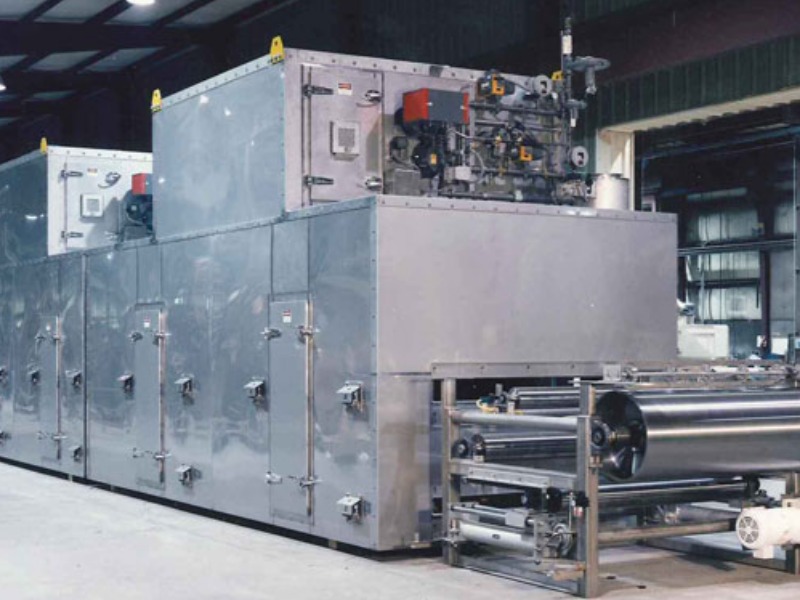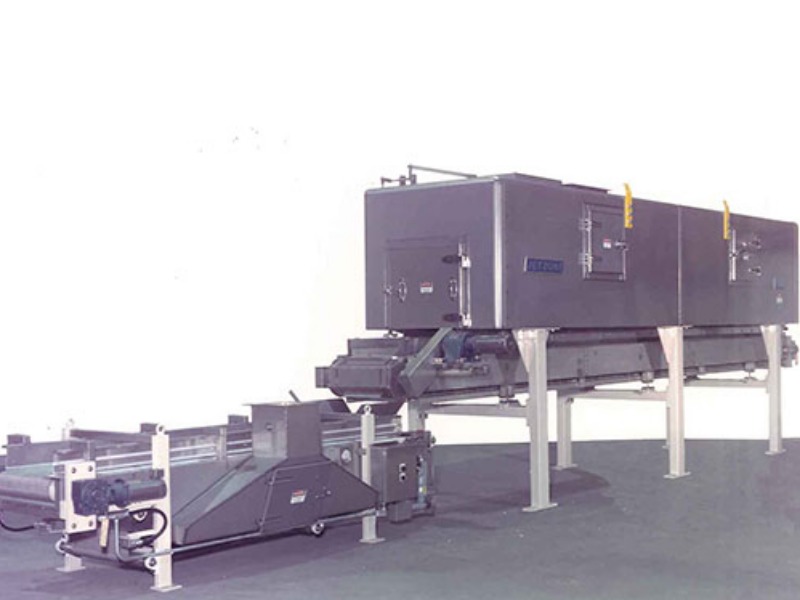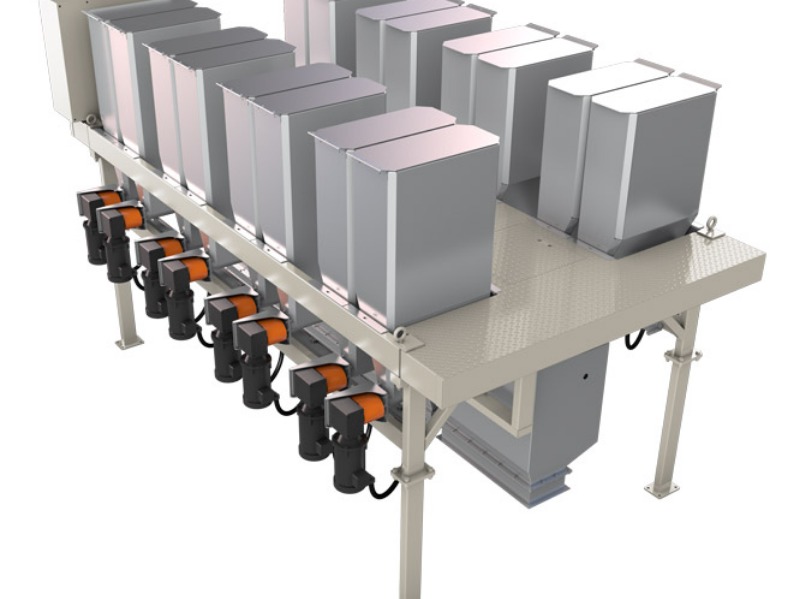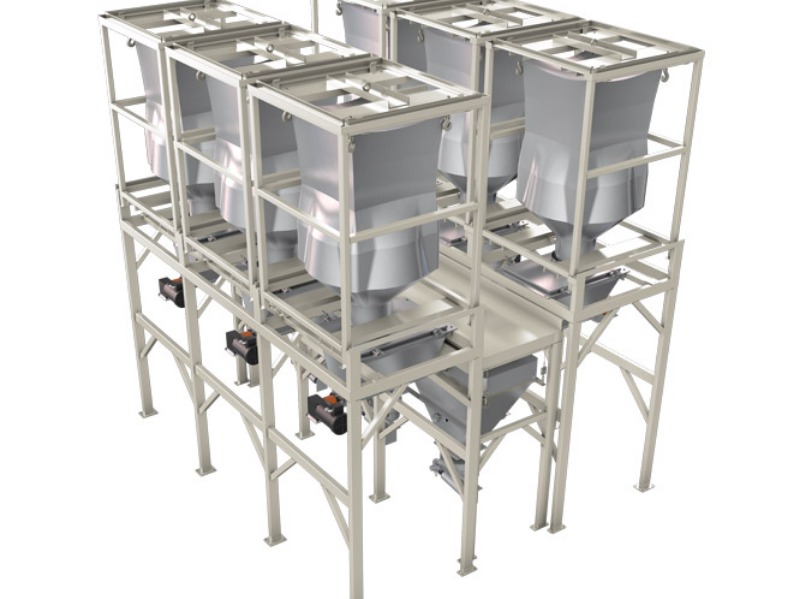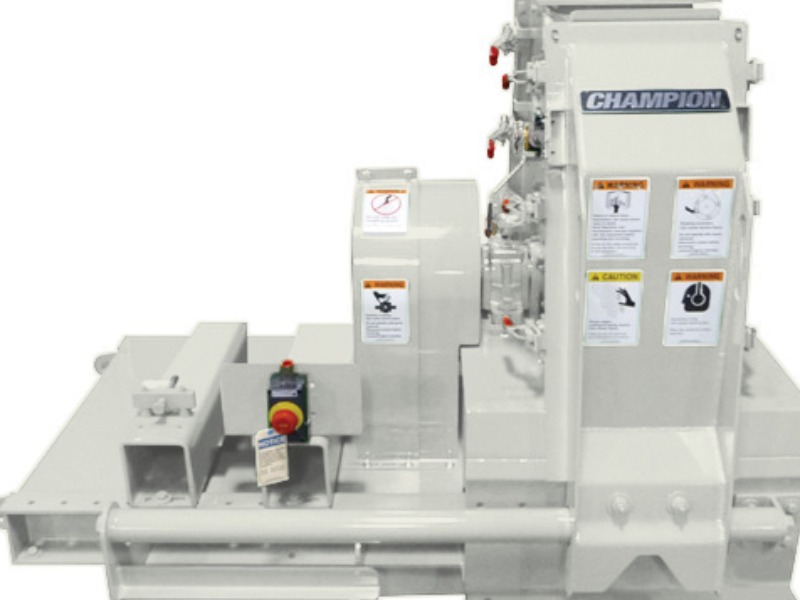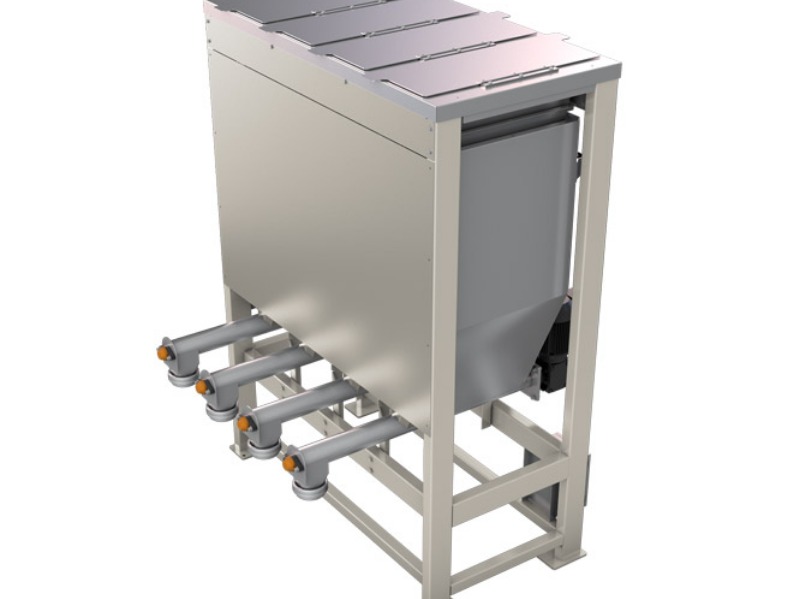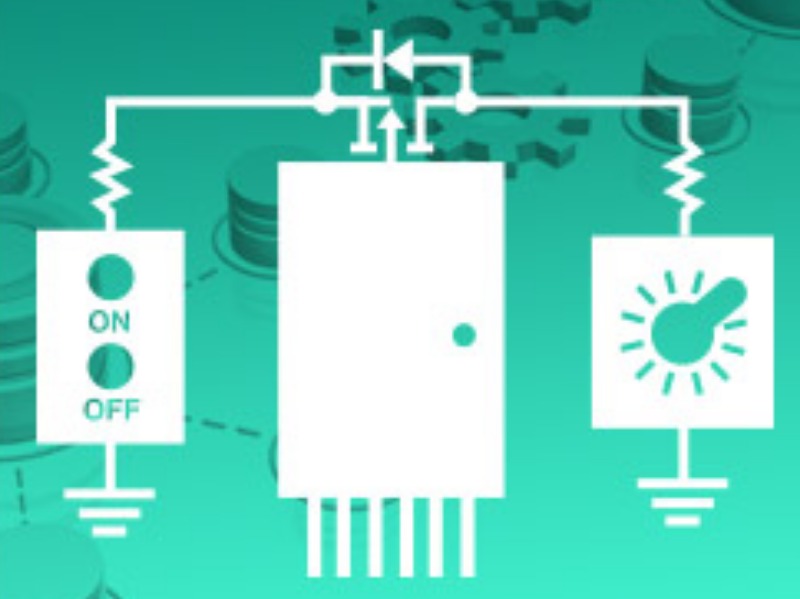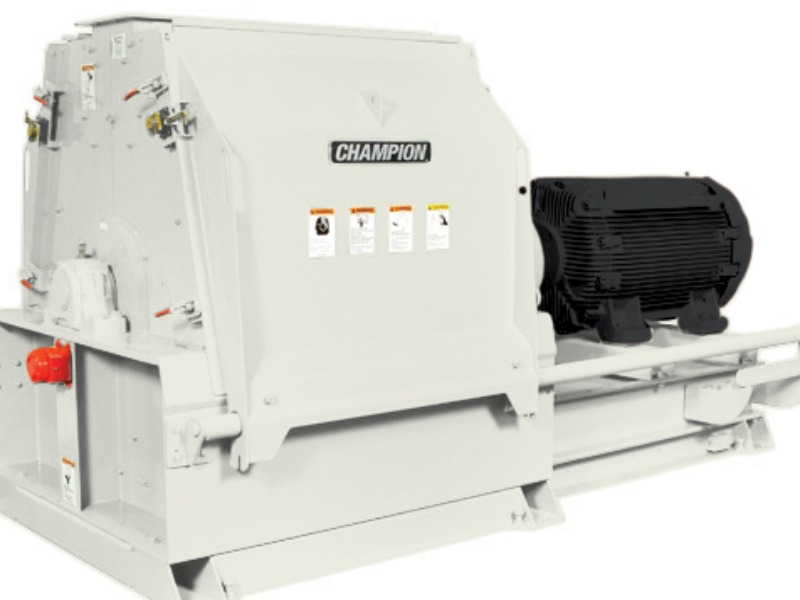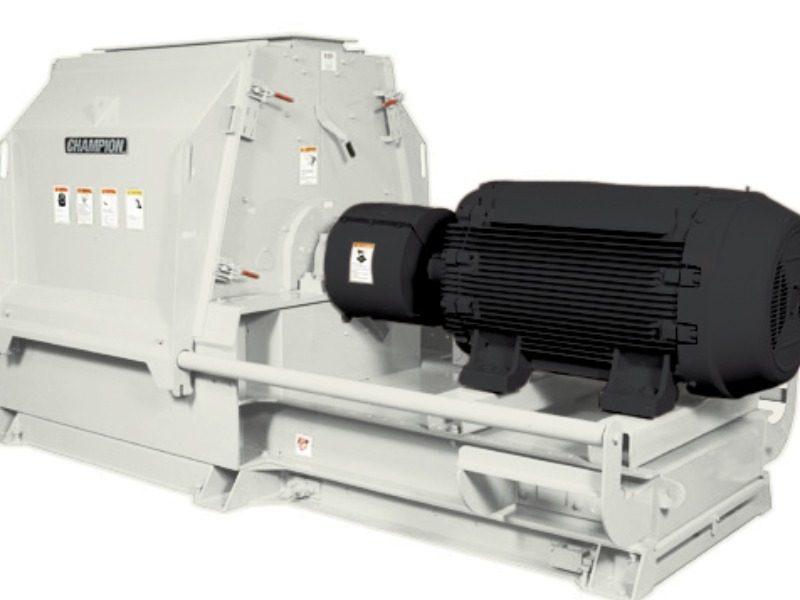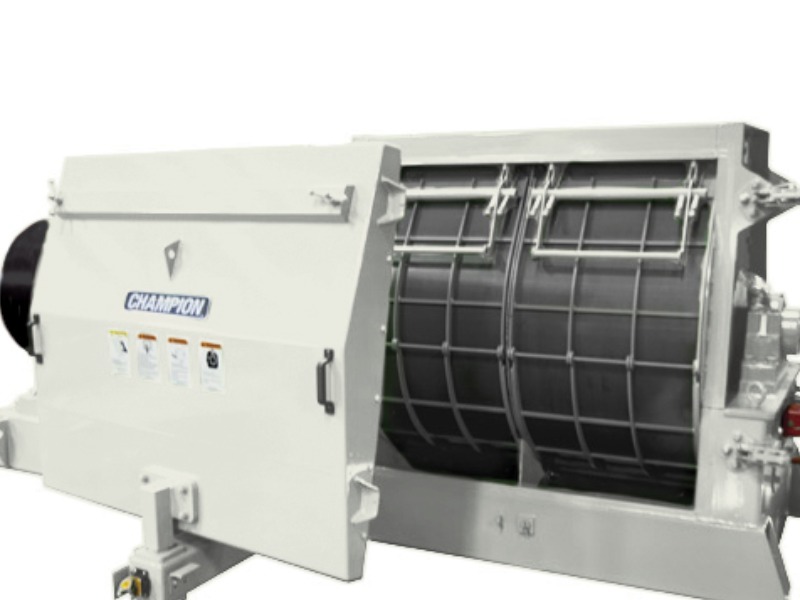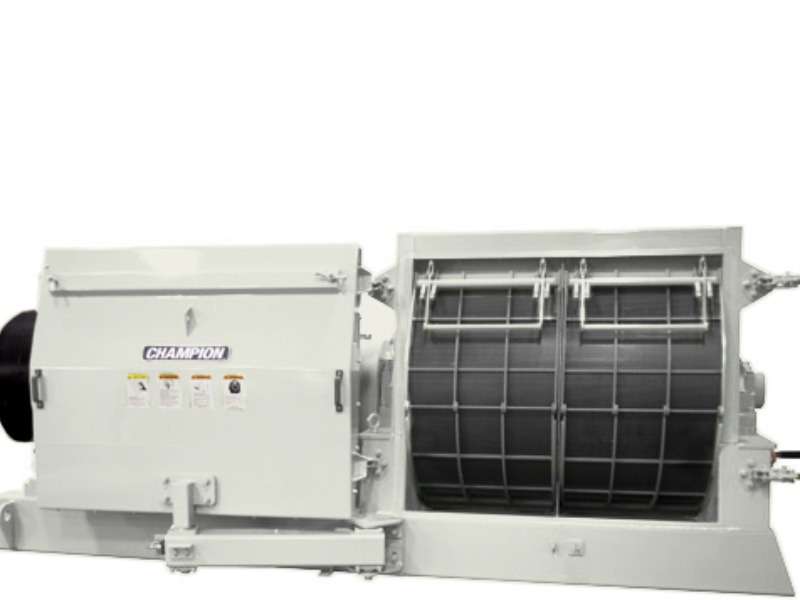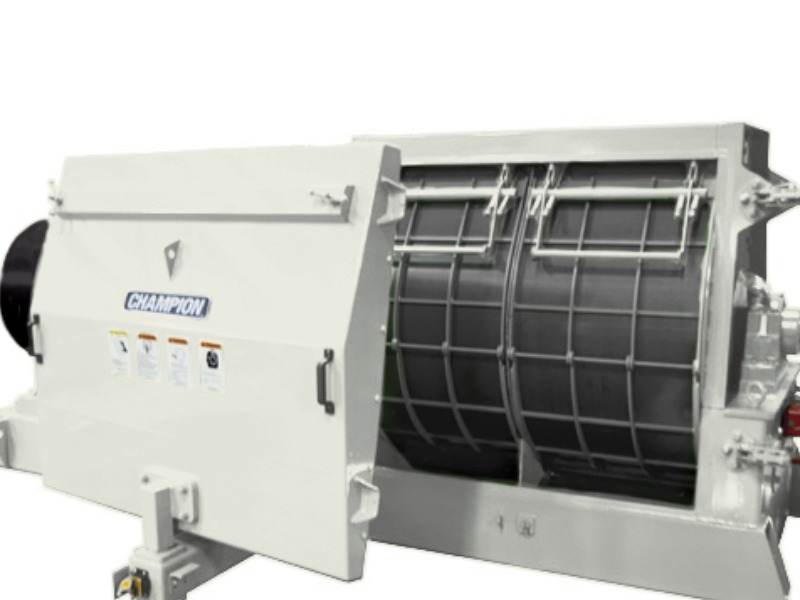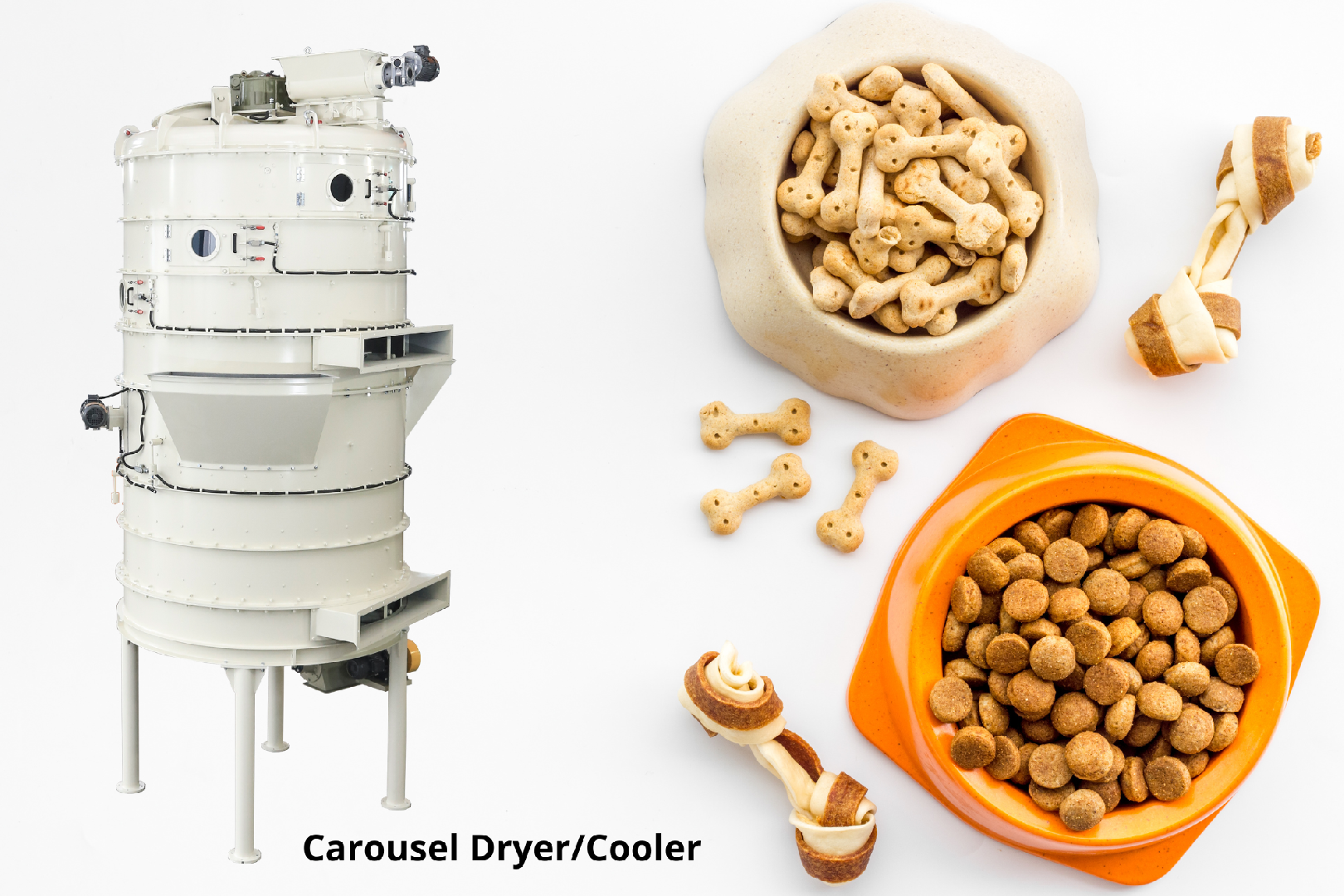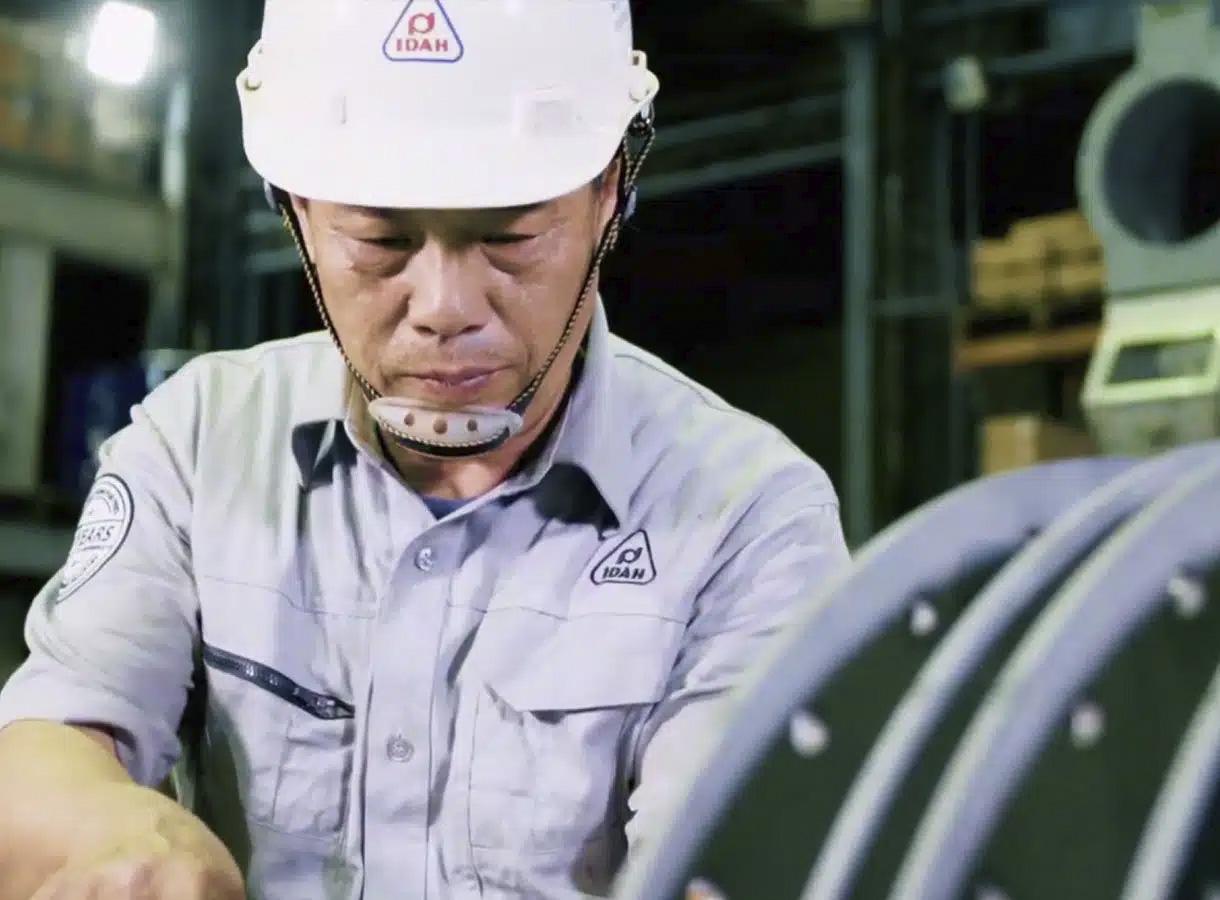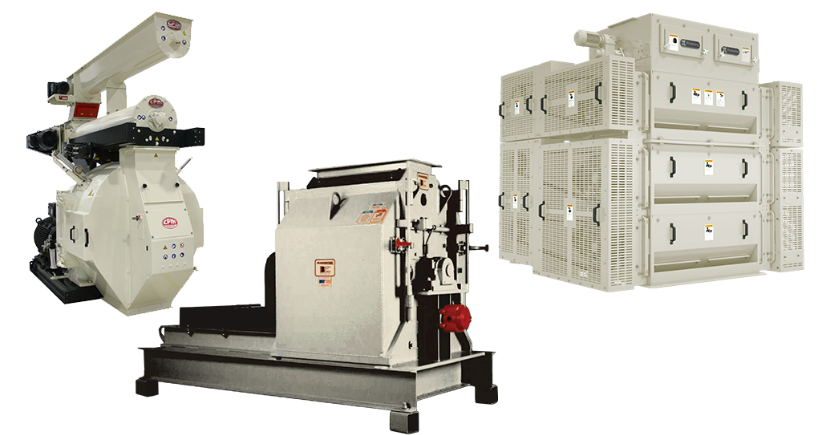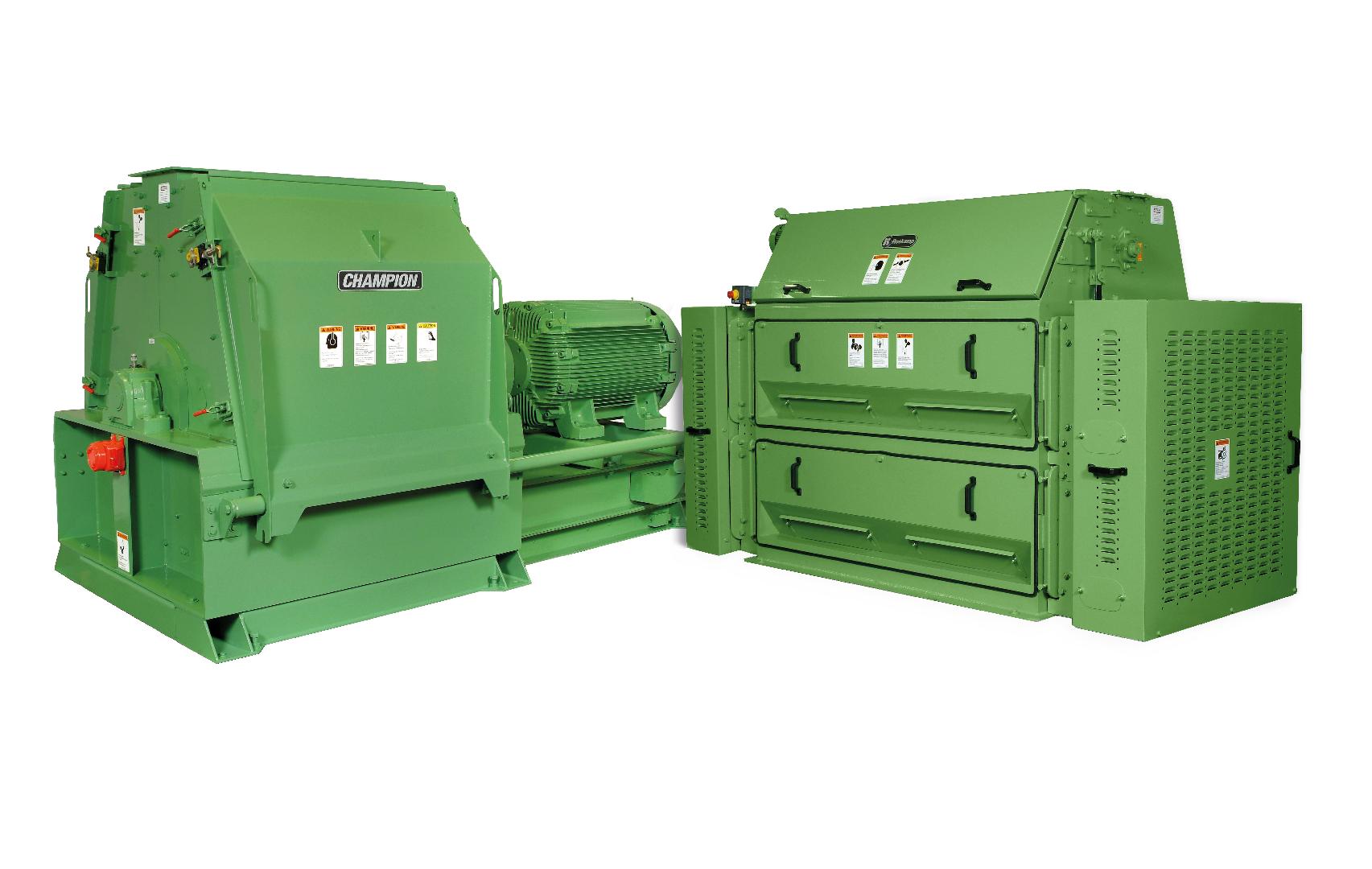13/12/2021
How can I grind more efficiently and with a smaller particle size standard deviation?
Series milling, in the simplest terms, is size reduction achieved in steps or stages. It usually incorporates two grinding machines: hammer mills and roller mills. The primary goal of step milling is to reduce the cost of producing one ton of finished ground product. Additional benefits may include better control of particle size distribution (more uniform grinding with fewer oversized and less fine particles), less heating of the product and subsequent loss of moisture, a reduction in maintenance cost per ton of ground material, potentially a finer finished product, and greater flexibility in the grinding circuit.
Step milling process can employ two hammer mills, just one hammer mill and a roller mill, or two roller mills. If you want to use a single machine, your step milling circuit will involve batch processing, that is, grinding a coarse batch, resetting the machine for finer particles, and processing again.
Circulation grinding can be an alternative way to stagger grinding without the use of multiple equipment. You can use multiple sets of rollers in the roller mill, or a continuous operation of a roller mill or hammer mill with a screening stage to return oversized materials for reprocessing. Circulation grinding offers the potential to reduce energy and improve particle size control, but does not add more flexibility than the traditional two-machine grinding system. Step milling or traditional series milling also allows the flexibility to continue milling product while maintenance or part replacement is performed on the other equipment.
A second approach, and one that is employed in various feed mills, is the use of two "series" mills, one that performs a pre-break / break and the second that achieves the desired particle size. Advantages of this type of circuit include lower grinding costs, finer finished products, a more uniform particle size, and a greater capacity of the total grinding system.
The main disadvantage of this type of system is the higher capital / investment costs required to purchase and install. In most cases, the investment in the additional equipment pays off in 6 to 12 months with the energy savings of the grinding circuit alone. Additional benefits, such as increased life of wear parts, spare parts, and equipment life, are a huge plus in addition to such energy savings.
If you want to further improve your energy efficiency and reduce operating costs, the recommendation is to screen between stages: removing larger materials before secondary milling or reprocessing these large materials to the initial equipment. Using two roller mills and one screen can allow you the flexibility to remove out-of-spec product and increase throughput between machines.
The step milling approach produces this energy reduction, which means that less energy is required because the materials are reduced more gradually over a slightly longer period of time. By doing the same amount of work (grinding) over a longer period of time (two or three gradual grinds instead of an instant grind), the total power requirement is reduced.
The roller mill offers significant energy savings compared to a hammer mill when processing material in the coarsest particle size ranges. With these characteristics, the use of the roller mill as a pre-breaking or pre-breaking device can offer substantial savings in a typical grinding circuit. This combination of finer feed and higher hammer mill efficiency not only reduces energy cost when grinding, but also reduces other operating costs, including maintenance and parts. In some cases, existing hammermills require increased capacity; the addition of a roller mill can increase the hammer mill capacity by as much as 40 to 50%, without changing the average particle size of the grind.
Source: CPM







